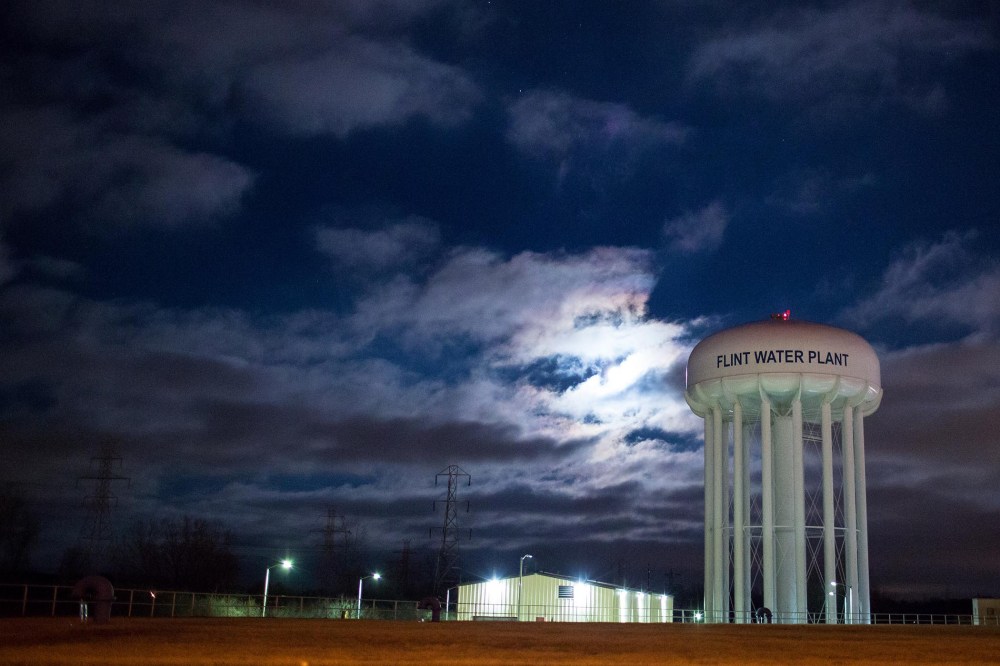What’s happening in Flint, Michigan, is unconscionable.
A city of 99,000 people — 56 percent African-American, 40 percent living below the poverty line — has spent nearly two years with poisoned water.
Nearly two years of boil orders, foul smells and false reassurances that the water was safe to drink.
Nearly two years of having residents’ concerns dismissed and belittled by the state government.
RELATED: An American Disaster: The Crisis in Flint
Now, thousands of kids may have been exposed to harmful levels of lead, which can irreparably harm brain development and cause learning and behavioral problems. The rate of lead poisoning among children has nearly doubled since Flint approved a state-appointed emergency manager’s plan to switch their water source. And even now that the state is finally launching a belated response, Flint’s undocumented immigrant community is reportedly afraid to get the help they need.
Flint isn’t alone. There are a lot more Flints out there — overwhelmingly low-income communities of color where pollution, toxic chemicals and staggering neglect adds to families’ burdens.
We need to face some hard truths about race and justice in America. After 250 years of slavery, 90 years of Jim Crow, and decades of “separate but equal,” our country’s struggle with racism is far from over. That’s true in our criminal justice system. In our education system. In employment, housing, and transit. And tragically, it’s true in the very air our children breathe and in the water they drink.
What’s happening in Flint today happened 10 years ago in predominantly low-income, African-American and Latino areas of Washington, D.C. Lead leached into the water there for four years. In high-risk neighborhoods, the number of toddlers and infants with lead poisoning more than doubled.
In Baltimore, families have received settlements for the lifelong health effects of childhood lead poisoning. And now private companies are going around getting people, many of whom are permanently disabled, to sign away hundreds of thousands of dollars in future payments in exchange for a few thousand dollars right away. It’s an outright abuse of vulnerable people who have been hurt too many times already.
Near San Francisco, where housing prices have skyrocketed, many low-income families live in more-affordable Richmond, California. Richmond is 26 percent African-American and 40 percent Latino, and the housing prices are low for a reason—because the city is surrounded by oil refineries, chemical companies and eight Superfund sites. It’s no surprise that the city has the highest hospitalization rate for asthma in all of Contra Costa County.
Twenty seven schools are within 1 mile of a high-risk chemical facility in the Manchester neighborhood of Houston — a neighborhood that is 85 percent Latino. In Manchester, rates of childhood leukemia, asthma and bronchitis are all above average. The children who go to public schools there are 56 percent more likely to get leukemia than kids who live 10 miles away.











